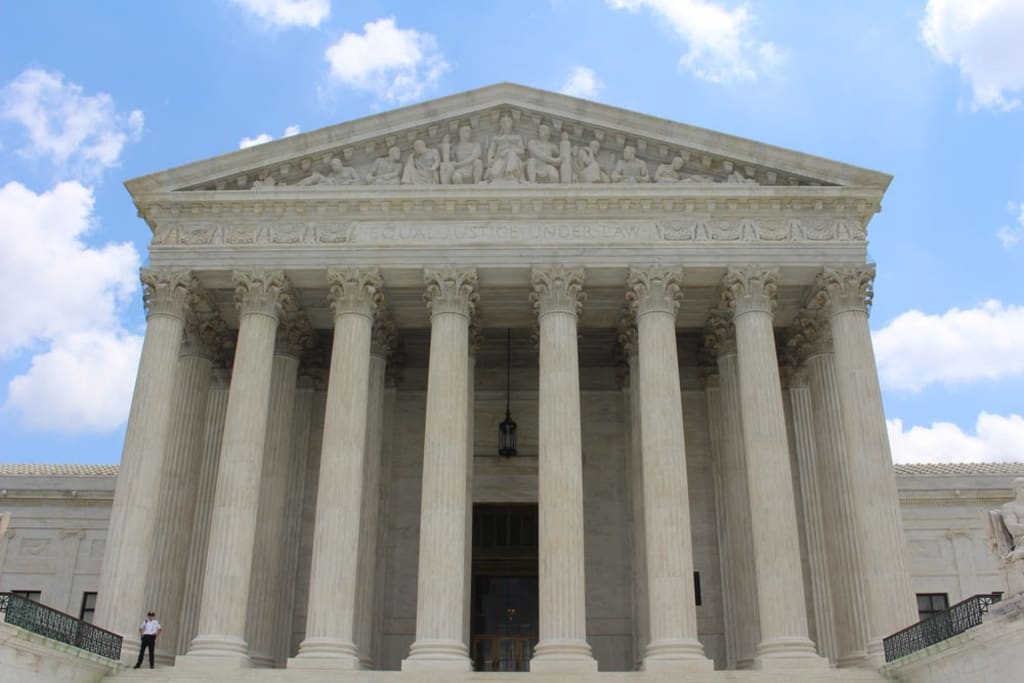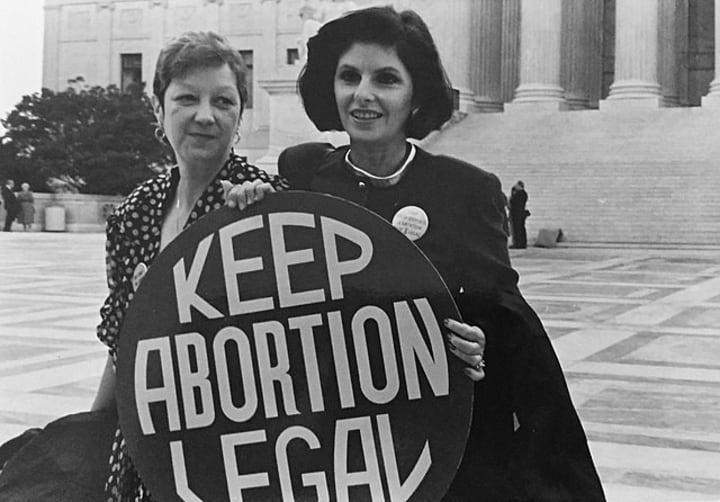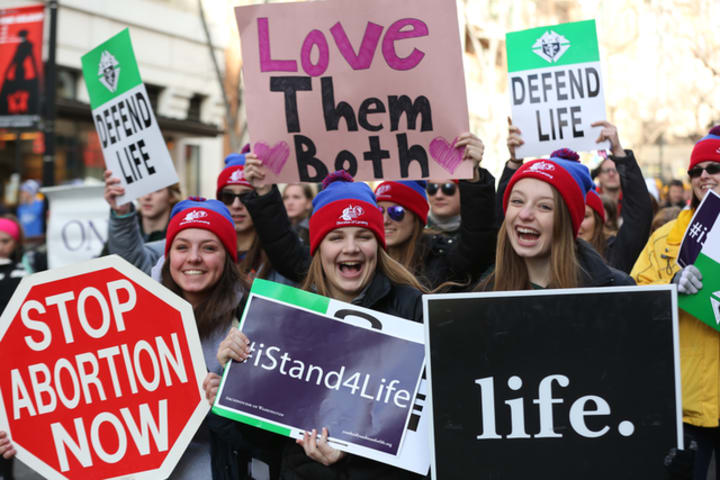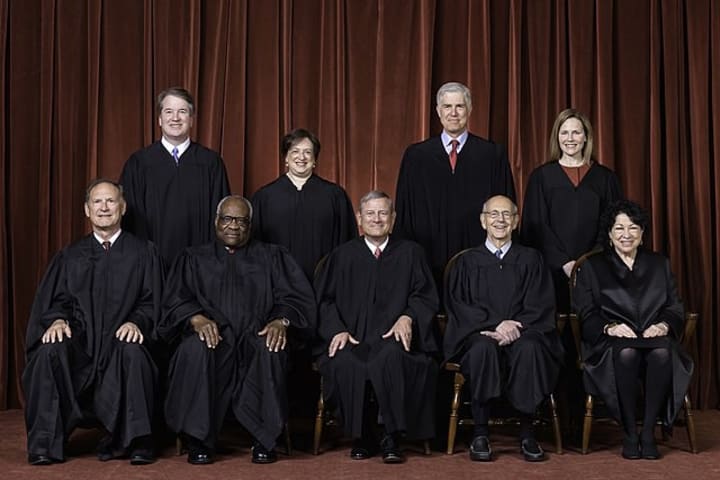
One of the hottest topics in American news today is the leaked draft opinion of the US Supreme Court, which seems to lean towards overturning the landmark case of Roe v Wade. Essentially, if such a decision is issued, laws would go into effect in thirteen states completely banning abortion, and the right to have an abortion could be severely restricted by law in possibly another nineteen states.
This has gotten people from all sides of the fence talking and it is definitely a very sensitive issue with far-reaching ramifications. Regardless of where you’re from and which side you may end up taking in this debate, it’s always best to be familiar with the facts of what is going on before coming to your own conclusion.
So, this article will basically summarize the case of Roe v Wade as simply as possible and explore the impact it has had. Without further ado, let’s begin!
The Case

In 1969, single mother Norma L. McCorvey was pregnant with her third child. She did not want to keep the child and sought an abortion. As she was living in Texas, the law at the time prevented people from getting abortions unless there was a medical issue and an abortion was necessary to save the life of the mother. Thus, McCorvey was barred from getting an abortion.
After various unsuccessful attempts to get an abortion, McCorvey gave birth to a daughter and sought out her attorney and placed the child up for adoption. She was then referred to lawyers Linda Coffee and Sarah Weddington in order to bring her issue to court.
Under the pseudonym Jane Roe, McCorvey asserted that the laws in Texas that prevented her from getting an abortion were a violation of her Constitutional right to privacy. The lawsuit was brought against Henry Wade, then the Attorney General for the State of Texas.
In America, Constitutional rights are superior to state laws, so the substance of McCorvey’s suit was that the right to choose whether or not terminate one’s own pregnancy was something safeguarded by the Constitutional right to privacy. Thus, any law infringing on that would be unconstitutional.
In a historical outcome and after having gone to the Supreme Court, McCorvey won the case. In a 7–2 majority, a primarily Republican appointed panel of judges affirmed McCorvey’s suit and established that the right to an abortion before the third trimester of pregnancy (the Court chose this time frame as the medical science of the day indicated that after the second trimester, the fetus could survive outside of the womb) was safeguarded by the US Constitution.
Aftermath of Roe v Wade

To put it simply, Roe v Wade legalised pre-third-trimester abortions throughout the entire US. As it was something that was safeguarded by the Constitution, States could not enact any laws that would deny a woman the right to abort her pregnancy.
This was of course met by all manner of detractors who have cited religious and moral reasons for why unfettered abortions should not be allowed. As with all hotly debated issues, the matter soon became politicised and has been used by both sides of the political fence to appeal to their intended audiences.
The Court was clear that the right to abort was not absolute. A woman’s right to abort depended on which stage of pregnancy she was in. During the first trimester, a woman had full and total freedom to abort as the process was viewed as being safer than childbirth. In the second trimester, the state governments could enact certain health regulations to mitigate the health risks that may come during the procedure. Lastly, in the third trimester, laws could still be enacted to prevent an abortion unless medically necessary to save the mother’s life.
Roe v Wade once again came under scrutiny in the 1992 case of Planned Parenthood v Casey. In this case, the State of Pennsylvania passed a law that stipulated an additional list of requirements that a woman would need to fulfill in order to get an abortion. These requirements included a 24-hour waiting period before getting an abortion as well as permission from either a spouse or a parent in order to get an abortion.
When the matter was brought to court, people on all sides of the divide had an ideal outcome in mind. Those in favour of abortion would hope that Roe v Wade be affirmed and that women be given total freedom to get an abortion if they chose to. Those against abortion hoped that the Conservative leaning court would overturn Roe v Wade completely and bring the law back to how it was before.
Surprisingly, the Supreme Court reached a mixed decision of sorts. It affirmed Roe v Wade and maintained that an abortion was a constitutional right but also agreed with some of the enacted laws imposed by Pennsylvania. That being said, while they agreed with the 24-hour waiting period, the Court also held that the need for parental or spousal permission to get an abortion was unconstitutional as the decision to abort a non-viable fetus ought to lay completely with the woman carrying it.
As expected, the decision was met by both fervent supporters and ardent detractors. The findings of this case remain the status quo to this day. To summarise, a woman in America has total and complete freedom to abort their pregnancy if the fetus is such that it is not developed to the point of being able to live outside the womb.
What Does The Leaked Draft Opinion Mean?

To put it briefly, the leaked draft opinion seeks to overturn both Roe v Wade and the subsequent case of Planned Parenthood v Casey. If this is done, the right to abortion will no longer be recognised as a right protected by the Constitution.
Does this mean that abortions will become illegal in the US?
Not at all. By overturning Roe v Wade, the law will basically just go back to how it was pre-1973. The right to abortion will be a matter of state law and it is apparent that quite a number of states have no plans whatsoever to outlaw abortion and will continue to offer safe and legal abortion services for any woman in need of them. If the decision to overturn this case is taken, these States better prepare for an influx of women coming to get an abortion.
On the flip-side, there will be a number of States that have more “pro-life” sentiments who will make moves to once again outlaw abortion unless medically necessary. While this cannot stop a woman from simply going to another State to get an abortion, it will make the process significantly more difficult. The hassle and delay may end up causing long-term harm for a woman seeking an abortion and in more extreme cases, force women who are unable to afford to travel to give birth.
Thus, it will be the poorest and most disenfranchised women who will suffer as a result of the proposed overturning of Roe v Wade.
However, we must bear one thing in mind. Before going straight into preparing for all the negative ramifications of Roe v Wade being overturned, we must remember that this leak is of a draft opinion.
A draft opinion is just that, an opinion. It is in no way a ruling and is not something anybody is bound to stick to. It is an internal deliberation circulated privately that does not always reflect the final outcome of any case as it must be affirmed by the other judges, some of whom may not agree with such an opinion. Now with this leak, people on both sides of the argument are feverishly taking steps to either secure the right to abortion or to abolish it.
Regardless of what side of the divide you’re on, these are the basic facts of what is happening thus far. The issue is still ongoing and we will have to sit and watch for any further developments.
Until then, this has been a simple summary of the situation as of now which I hope will arm you with a few essential facts and some context in order for you to reach your own stance on this sensitive issue. Take care!
About the Creator
Isa Nan
Written accounts of life, death and everything in between






Comments
There are no comments for this story
Be the first to respond and start the conversation.